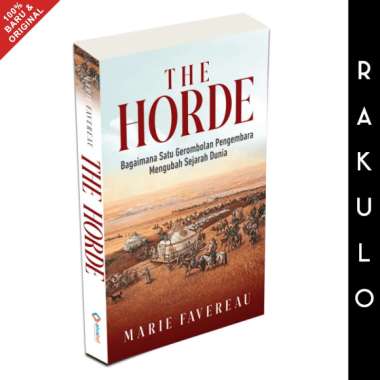
This is no easy feat, given the lack of any court chronicles written by the Jochids themselves.

Chapter seven details how these networks were disrupted in the fourteenth century by a combination of plague, economic collapse, and war, before outlining how the Jochids’ legacy was preserved in a number of successor states, namely the Crimean, Uzbek, Sibir, Kazan, and Nogay khanates, among others (chapter 8).Ģ The primary achievement of the book is to situate the Horde and its Mongol rulers at the centre of its historical narrative.

In chapters three and four, Favereau gives an overview of the economic, social, and cultural foundation of the Jochid Ulus, before assessing its interaction with larger commercial, diplomatic, and intellectual networks in chapters five and six. These conquered territories would form the core of the Jochid Ulus after it achieved virtual autonomy from the Mongol Empire in 1241. The book follows a chronological trajectory, beginning with the formation of the Mongol Ulus (the Mongol State) in 1206, before detailing the Mongol conquest of “the West” - the Qipchaq Steppe, the Khwarazmshah Empire, the Russian principalities and parts of Eastern Europe – in chapter two. Ruled by the descendants of Chinggis Khan’s eldest son, Jochi, the Golden Horde sat astride important trade and migration routes linking Europe, the Middle East, and even East Asia, allowing Favereau to explore its contribution to what she refers to as “the Chinggis Exchange” – the movement of ideas, technologies, and goods stimulated by the Mongol Empire. the Jochid Ulus, 1241-1556) that will serve as a valuable companion to researchers working on the history of Central Asia, the Mongol Empire, and World History at the end of the Global Middle Ages.

1 Marie Favereau’s new monograph, The Horde, provides a desperately needed survey of the Golden Horde (i.e.


 0 kommentar(er)
0 kommentar(er)
